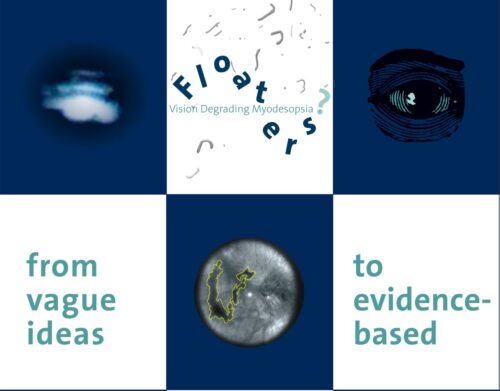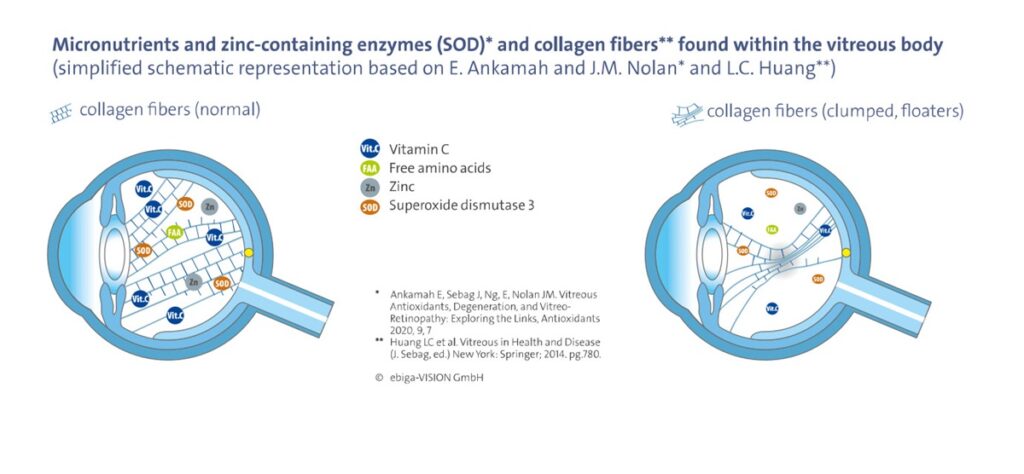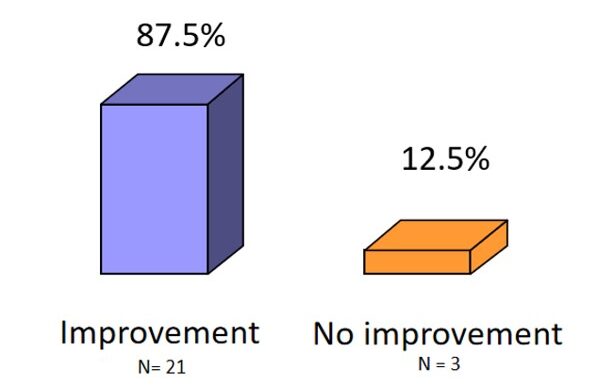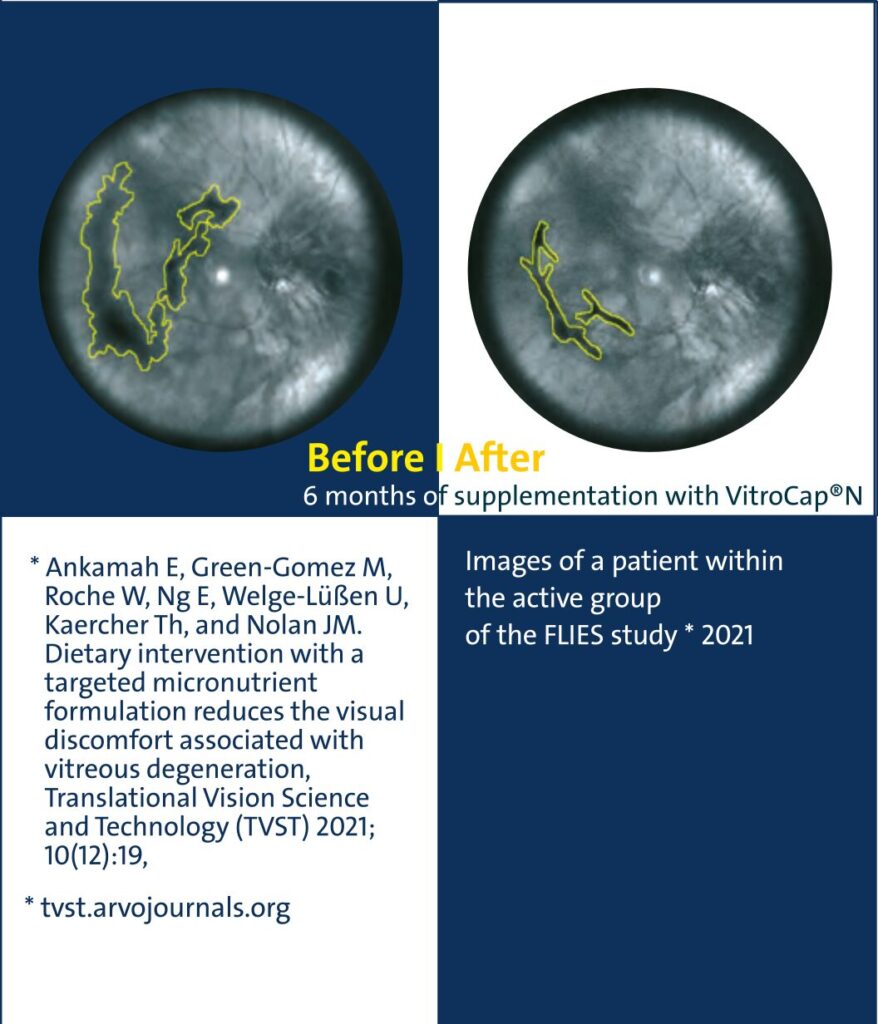
Once dismissed as a harmless nuisance, emerging research now highlights the significant impact of eye floaters on visual function and quality of life.
Approximately 75% of people experience floaters, and 33% find them bothersome. According to a UK study, the average optometrist sees 14 patients per month complaining about floaters.
With such a high prevalence and a significant proportion of affected individuals reporting discomfort, should the conventional “watch and wait” approach be reconsidered? Is there a way to alleviate this problem without resorting to surgical intervention?
He had just founded ebiga-VISION in 2010 with an ambitious goal: to improve the lives of patients with common eye diseases through evidence-based innovation. Now, he saw the opportunity to bring that vision to life. By focusing on vitreous floaters and committing to research in this often-overlooked area, ebiga-VISION was on the path to a major breakthrough—not only for the small, still family-owned company, but also for the field of ophthalmology, and most importantly, for the lives of patients suffering from floaters.
The team found that a well-balanced vitreous is rich in micronutrients such as:
In addition to these micronutrients, dihydroxyphenylacetic acid (DOPAC), a potent antioxidant and a metabolite of proanthocyanidin, has also been discovered in the healthy vitreous. This finding underscores the importance of combating oxidative stress in the eye.

The discovery of these vital micronutrients led the team to hypothesize that “The eye has its own antioxidative and antiglycative protective mechanism—one that depends on micronutrients.” This idea culminated in the development of VitroCap®N, a dietary supplement the team hoped could reactivate this mechanism, thereby minimizing or even preventing collagen fibers from clumping.
Early evidence-based testing began in 2013 with a German eye doctor eager to explore VitroCap®N’s potential for helping floater sufferers. In an observational study, he treated 24 patients aged 21 to 81 with VitroCap®N for three months. The results showed significant improvement:

These promising results laid the foundation for further research, leading to larger studies. Subsequent investigations in 2015, 2018, and 2019, involving hundreds of participants, confirmed the supplement’s positive effect on subjective disturbance and introduced advanced imaging techniques to objectively measure floater density.
Published in 2021, the Floater Intervention Study (FLIES) employed double-blind, placebo-controlled methods to validate VitroCap®N’s effectiveness.
Using cutting-edge imaging, researchers quantified floater areas, finding significant reductions in the treatment group. This study cemented VitroCap®N’s position as a groundbreaking alternative for floater sufferers.
Research Team | Year | Duration | Design | Success Rate |
|---|---|---|---|---|
Ankahmah et al | 2021 | 6 months | RCT (double-blind) | 66.7% |
Varganova et al. | 2019 | 3 months | Case-control study | 76% |
Sobol et al. | 2018 | 3 months | Observational study | 64.7% |
Marchencko et al. | 2015 | 3 months | Case-control study | 65.5% |
Kaercher et al. | 2013 | 3 months | Observational study | 87.5% |


Gold standard FLIES study proves subjective and – for the first time – also objective effectiveness of a dietary intervention in vitreous opacity
The FLIES study shows a significant decrease after six months of dietary supplementation with a formulation consisting of 125 mg L-lysine, 40 mg vitamin C, 26.3 mg grape seed extract, 5 mg zinc and 60 mg citrus flavonoids (available as VitroCap®N) in subjective visual symptoms (67%), a significant decrease in vitreous opacity (success rate 76.9%) and a significant improvement in contrast sensitivity compared to placebo.
Now with this study done, one could believe the journey over. But no—ebiga-VISION is currently internally evaluating a self-testing initiative involving eye-care professionals from all over Europe who themselves suffer from floaters. Additionally, the Floater Intervention Data are being re-evaluated to focus not only on statistical significance—which measures the reproducibility of results (typically at a 95% confidence level)—but also on effect size, which determines the clinical relevance of an observed effect.
Lead Statistician Warren Roche has re-evaluated the data and will soon publish the findings. Stay tuned!